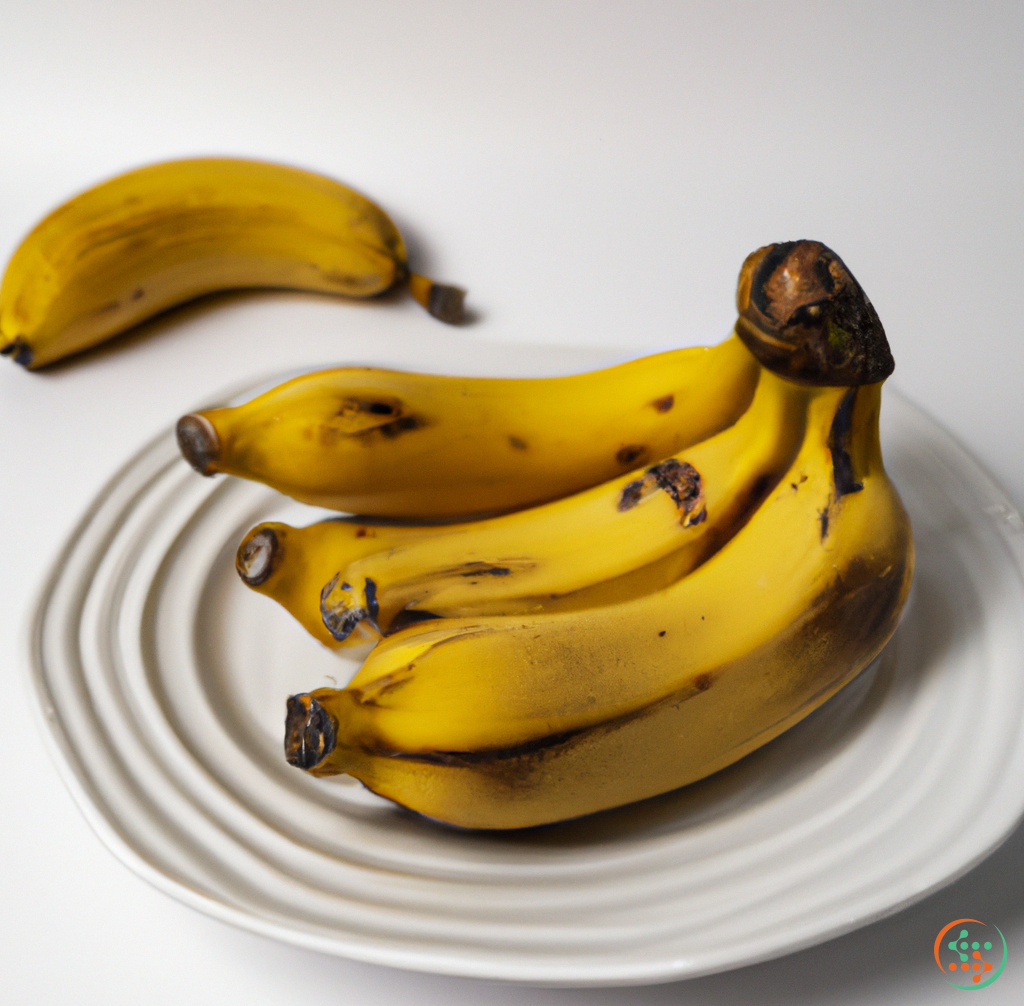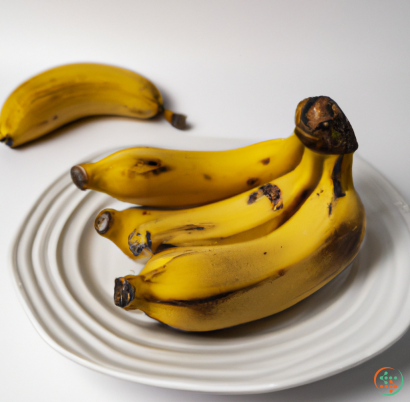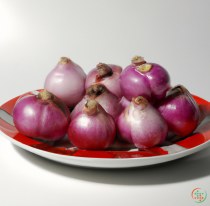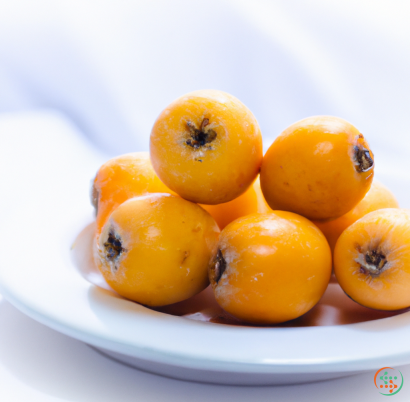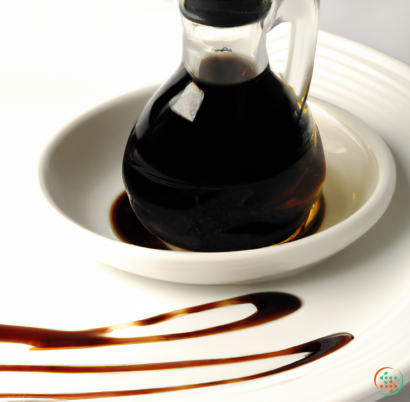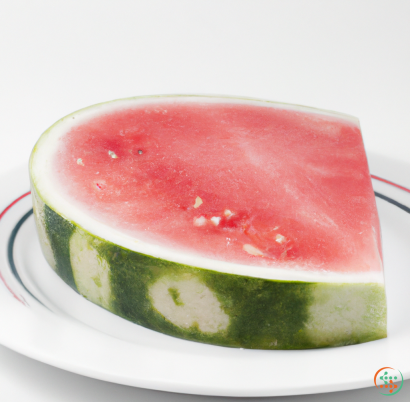Bananas
Bananas are one of the most recognizable fruits in the world and are widely consumed around the world. While they may be most famous for their bright yellow color and sweetness, bananas come in a variety of shapes and sizes, and they pack a nutritional punch. In this blog post, we’ll discuss what makes bananas so special, the different types of bananas you can find, and some of the delicious dishes you can make with them.
Bananas are a type of perennial herb, meaning they can live and produce edible fruits throughout the year. Their scientific name is Musa acuminata, and they are native to southern Asia and parts of Australia. Bananas have been around for thousands of years and have become an important food source for many cultures due to their long shelf life and high nutritional value.
Bananas are a rich source of various vitamins and minerals. They are a great source of dietary fiber, vitamin C, potassium, magnesium, iron, riboflavin, folate, and carotenoid. Bananas also contain phytochemical compounds that have a range of health benefits, including helping fight against cancer and reducing the risk of heart disease.
When it comes to purchasing bananas, there are many different types available. The most common variety of banana is the Cavendish, which is the yellow banana you’ll find in the produce section of your local grocery store. Other varieties include the Red Banana, which has a sweeter taste and red skin; the Burro, which is a larger type of banana; and the Plantain, which is larger and starchier than other types and is prevalent in African and Latin American cooking.
As far as culinary uses, the possibilities with bananas are virtually endless. Because of their high sugar content, bananas are often used in baking desserts, such as banana bread, muffins, cupcakes, and pies. Bananas are also commonly used in smoothies and make a great addition to various types of cocktails or mocktails. Additionally, bananas can be eaten raw and enjoyed as is, or they can be sliced and added to salads and other savory dishes for a sweet and creamy flavor.
No matter how you choose to eat your bananas, one thing is for sure: bananas are an incredibly versatile and delicious fruit. Whether you’re eating them raw, baking with them, or using them to spruce up a cocktail or mocktail, bananas are an easy and nutritious way to add a little sweetness to your day. The next time you’re at the grocery store, make sure to pick up a bunch of this special fruit. Your palate—and your health—will surely thank you.
Bananas are a delicious, nutritious snack and one of the oldest cultivated fruits known to humans. They are found all over the world, adding an exotic sweetness and texture to dishes. But just how do these fruits start life and travel from their original plant to our dinner plate?
In this blog post, we will explore the fascinating process of banana creation and distribution. We will discuss the unique types of bananas that are found around the world, their various stages of growth, the conditions that are ideal for growing this fruit, the processes that occur between harvest and market, as well as some tips on how to make the most of a ripe banana.
Types of Bananas
Bananas come in many different shapes, colors, and sizes. In fact, there are over 100 varieties of this fruit! You can find tiny and yellow bananas, large green bananas, red or purple bananas, small and sweet finger bananas, and many other types.
The most popular types of bananas are Cavendish, Plantain and Lady’s Fingers. The Cavendish is the most widely cultivated banana and is characterized by its relatively sweet flavor and slightly firm texture. The Plantain is slightly tougher than the Cavendish, with a much starchier taste, while the Lady’s Finger is very small and sweet.
Banana Lifecycle
Bananas grow on a flowering plant which takes a full year to reach maturity. The plant begins by producing a single shoot from its root system. This shoot then produces a stalk which grows up to a metre tall. At the end of this stalk emerge a hand of flowers, each of which later develops into a banana.
These young bananas are initially green and starched, but they soon ripen and turn yellowish-green. They take on a more golden color when they are ready to harvest. Ripe bananas are much sweeter than the unripe version, with their sugar content going up to 22 percent.
After the fruits ripen, they are picked by hand while still attached to their stalks. This helps protect them from bruising, which would otherwise decrease their shelf life. The fruits are then cut off the stalk and placed in bins filled with cool water and potassium chloride. This process is known as deluging and helps keep the bananas firm and round.
Growing Conditions for Bananas
In order for the banana plant to thrive and produce the highest quality fruits, it needs the right growing conditions. For starters, the plant needs a good helping of sunshine each day. It also needs warmth and consistent temperatures, between 27-29°C (80-85°F). In addition, since bananas are natives of the tropics, it needs plenty of water during the fruiting season, especially during the weeks before harvest. Lastly, it needs an abundance of nutrients from the soil – nitrogen, potassium, and phosphorus are particularly important.
From Plant to Plate
Once the bananas are picked, they are carefully packed in cartons and transported to the processing plant. Here, they are washed, labeled, and sorted into different sizes and quality grades. This determines which stores and markets they will be sent to, and what price the buyer will pay.
Afterwards, the fruit is placed in refrigerated containers and shipped to the stores near you. This process may take anywhere from a few days to a few weeks. When the bananas arrive at their destination, they are stored in a cool, dry warehouse to preserve their freshness.
Once the bananas have reached the store, it’s time for you to pick up the perfect bunch. To make sure your bananas are ripe, look for their skin to be yellow or merging towards yellow and black spots. If it’s still green at the stem end, that means it’s not quite ripe yet. You should also check for bruises, cuts, and soft spots, which can indicate the bananas will not last long and may be spoiling.
Banana Nutrition
Bananas are a great source of nutrition and are high in minerals like potassium and magnesium, as well as dietary fiber, vitamin B6, and vitamin C. One medium banana contains about 105 calories, making it a healthy snack for those trying to cut down on calorie intake.
Thanks to its high antioxidant and vitamin content, recent studies suggest that banana consumption may reduce the risk of stroke, heart attack, and even some forms of cancer. Furthermore, the carbohydrates in bananas provide energy, while the fiber helps with digestion and weight loss.
Final Words
Bananas are a tasty and versatile fruit with a fascinating lifecycle and production process. There is a wide variety of bananas that can be enjoyed, each with its own unique flavor and texture. While bananas are grown all over the world, the ideal growing conditions are in the tropics, so make sure to thank the farmer and provider when unboxing a bunch of ripe and nutritious bananas.
| Vitamin A | 0.003 mg | |
| Beta-Carotene | 0.026 mg | |
| Alpha-Carotene | 0.025 mg | |
| Vitamin E | 0.1 mg | |
| Vitamin K | 0.5 ug | |
| Vitamin C | 0.0087 grams | |
| Vitamin B1 | 0.03 mg | |
| Vitamin B2 | 0.07 mg | |
| Vitamin B3 | 0.67 mg | |
| Vitamin B4 | 0.0098 grams | |
| Vitamin B5 | 0.33 mg | |
| Vitamin B6 | 0.37 mg | |
| Vitamin B9 | 0.02 mg |
| Calcium | 0.005 grams |
Daily Value 1.3 g
|
| Iron | 0.26 mg |
Daily Value 0.018 g
|
| Magnesium | 0.027 grams |
Daily Value 0.4 g
|
| Phosphorus | 0.022 grams |
Daily Value 1.25 g
|
| Potassium | 0.358 grams |
Daily Value 4.7 g
|
| Sodium | 0.001 grams |
Daily Value 2.3 g
|
| Zinc | 0.15 mg |
Daily Value 0.011 g
|
| Copper | 0.08 mg |
Daily Value 0.9 mg
|
| Manganese | 0.27 mg |
Daily Value 0.0023 g
|
| Selenium | 0.001 mg |
Daily Value 0.055 mg
|
| Fluoride | 0.0022 mg |
Daily Value 0.004 mg
|
| Tryptophan | 0.009 grams | |
| Threonine | 0.028 grams | |
| Isoleucine | 0.028 grams | |
| Leucine | 0.068 grams | |
| Lysine | 0.05 grams | |
| Methionine | 0.008 grams | |
| Cystine | 0.009 grams | |
| Phenylalanine | 0.049 grams | |
| Tyrosine | 0.009 grams | |
| Valine | 0.047 grams | |
| Arginine | 0.049 grams | |
| Histidine | 0.077 grams | |
| Alanine | 0.04 grams | |
| Aspartic Acid | 0.124 grams | |
| Glutamic Acid | 0.152 grams | |
| Glycine | 0.038 grams | |
| Proline | 0.028 grams | |
| Serine | 0.04 grams |
| Glucose | 4.98 grams |
|
| Fructose | 4.85 grams |
|
| Sucrose | 2.39 grams |
|
| Maltose | 0.01 grams |
|
| Total Sugars | 0.131141 grams |
per 100g
|
| Palmitic acid (16:0) | 0.1 grams |
|
| Stearic acid (18:0) | 0.01 grams |
|
| Total Saturated fatty acids: | 0.11 g | |
| Oleic acid (18:1) | 0.02 grams |
|
| Palmitoleic acid (16:1) | 0.01 grams |
|
| Total Monounsaturated fatty acids: | 0.03 g | |
| Linolenic acid (18:3) | 0.03 grams |
|
| Linoleic acid (18:2) | 0.05 grams |
|
| Total Polyunsaturated fatty acids: | 0.08 g | |
| Phytosterols | 0.02 grams |
|
| Total Sterols: | 0.02 g | |
